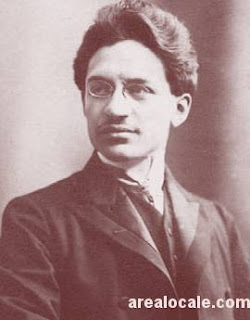The act of tuning and the sight reading process
It is common between amateurs to forget that playing the piano implies
tuning properly -the same as when playing any other string instrument or even
singing-. The muscle management that arises from the relationship we build
between the sounds we are abstracting and the ones coming from the instrument
itself is the most important element to strengthen if we want to substantially
improve our sight-reading skills. This level of muscular and space awareness is
fundamental in order to emaciate our eyes from the task of checking the keys we
are playing.
It is paramount for the development of a successful sight reading
mechanism to clearly assign one sense to each one of the tasks involved in the
process. Specialization takes an important role in this triple sided procedure
which revolves around the ability to abstract sounds out from the score. The
most common mistake amongst pianists is to believe the sight reading is about
locating keys in the keyboard in accordance to coordinates extracted from the
score. Actually that path is the one which leads to a very limited skill
development, signed by the strong boundaries derived from the fact that they
are only so many things we can manage through our sense of vision... On the
contrary the process should only start from our eyes -which learn from the
score about the sound of the piece-, flow into our ears -using our sense of
pitch-, and end on our sense of touch -which perform the notes through
coordinating the pitch variations with specific finger and hand movements-.
Making this mechanism as fluent as possible depends on consolidating a
group of quick and automated responses through well directed practicing. Passive
learning helped by regular stimulation performs wonders on our nervous system
and lead us to see results much sooner than what we expect. With my students I
focus on analyzing how they experience the tuning phenomenon at a particular
level. From there we can work together on forging a strong relationship between
music and performance that is then based on their personal approach rather than
on a stiff generic method.


Comments
Post a Comment